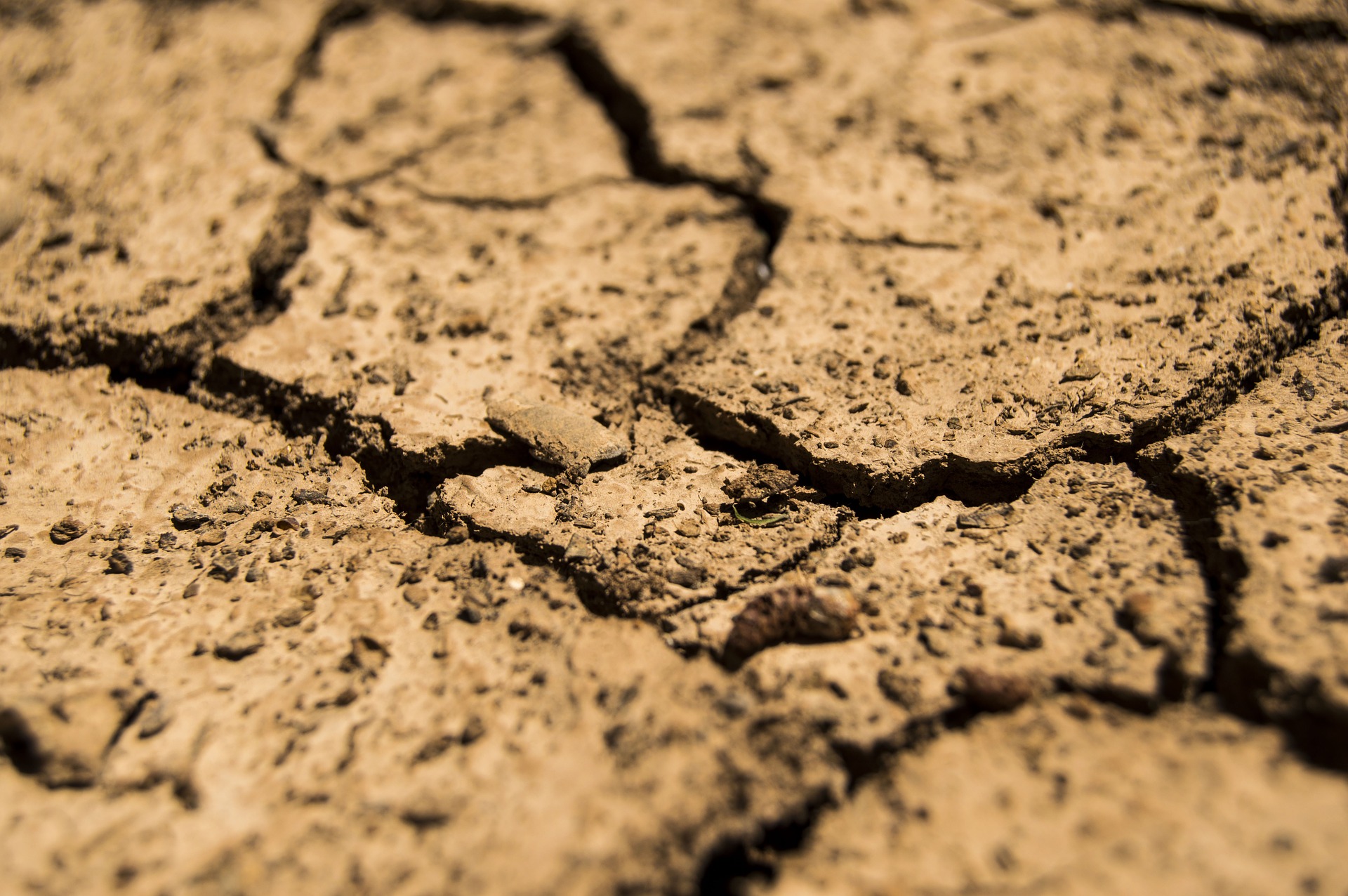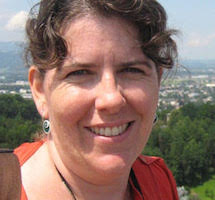By Jennifer Walker

High temperatures and high pressure cells are returning to many parts of Texas, where they are projected to stay around for a while. As these weather conditions quash any chance of precipitation and usher in our typical triple-digit summer days, intensifying the evaporation from our lakes and rivers, we need to be ready for drought.
Drought is an undeniable part of life in Texas and impacts many facets of life, including water supplies. Even though drought is no stranger to Texas, we still have work to do when it comes to proactively protecting our rivers and water supplies. If we want to be ready to conserve water and make it safely and efficiently through times of drought, we need to change things up – and that’s where multi-faceted drought response plans come in.
What’s a multi-faceted approach?
Most communities have Drought Contingency Plans in place that describe when and under what conditions they will take action to respond to drought. These plans include “trigger points” that dictate when action will be taken to reduce water use with the goal of prolonging water supplies. These triggers are generally related to water supplies. Common examples include:
• How much water is left in the water supply reservoir;
• Whether groundwater levels have declined by a certain amount;
• Water treatment capacity. When it is hot and dry, water use tends to climb and a community’s water treatment capacity may get stretched to the limit. This could necessitate a temporary reduction in water use.
What is an appropriate trigger to spring into action to protect water supplies? We think communities should use a multi-faceted approach that considers not just one of these triggers, but multiple. Taking several factors into consideration helps communities become more nimble in the face of drought and helps community members connect drought conditions to drought response measures in a logical way.
In addition to the above factors, a proactive, multi-faceted approach to drought response will take into account climactic, or weather-based, triggers.
How can weather triggers help us be more proactive?
Adding weather-based triggers to community drought contingency plans could involve using the U.S. Drought Monitor to keep tabs on creeping drought conditions across Texas. If the monitor shows that a certain community has fallen into Severe Drought conditions that have lasted several weeks, this could be an effective trigger for activating a drought response plan.
If we only rely on water supply or treatment capacity levels to spurn us into action, we are frequently ignoring the onset of actual drought. It can be confusing for the public if communities don’t take any measures to reduce water use when we are in drought conditions. Most folks do not monitor water supply levels, but they do read and hear about drought. When it does come, they may wonder why we are not taking measures to protect our water supplies. When a region enters severe drought, there really is no way to know how long or how intense it will be – so when these conditions hit, it makes sense to reduce water use and to educate the public on how the response will help carry the community through the drought.
This kind of proactive drought response can delay or eliminate the need for costly additional water supplies that may only be needed when severe drought hits. This saves our communities money and preserves water to support the other Texans that need it… fish and wildlife.
About the Author

As the Water Resources Program Manager for the Sierra Club Lone Star Chapter, Jennifer Walker works primarily on the Texas Living Waters Project (where this blog was originally published) and focuses on water policy issues in Central Texas and across the state with an emphasis on state and regional water planning, water conservation and bay and estuary protection issues. She and her family like to camp near rivers where they can listen to the frogs sing at night.